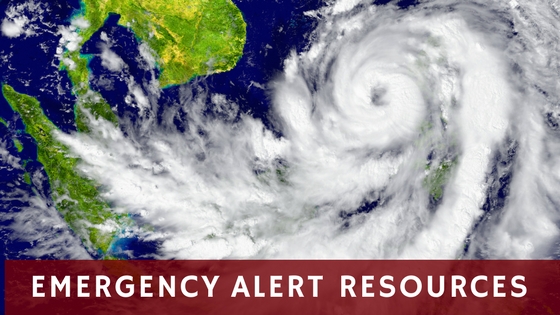
Dozens of earthquakes gave Hawaii residences a 48 hour warning before the volcano erupted. The average warning time for California wildfires victims was 20 minutes. Japan’s tsunami victims had a 15-minute warning. Being one of the first to know about oncoming dangers can provide you a head-start. Emergency alert systems are a great preparedness resource. There are several companies that provide emergency alerts services and many of them are free. There are also a couple of different ways to receive alerts. Modern technology has given us many different methods to be notified of possible threats. Here are several options to consider.
Emergency Alerts
Clicking on the pictures below will take you to the website so you can learn more or sign-up for special alerts.
1. National Updates (cost: free) –
– Receive Updates Regarding Computer Threats From US-CERT –
– Receive Updates Regarding The Latest Outbreaks From The CDC –
– Receive Updates Regarding National Security From Homeland Security –
2. Wireless Emergency Alerts on Cell Phone
A majority of new cell phones have an Emergency Alert App already installed on them. It’s a national public service to warn us of imminent threats, extreme weather conditions, and Amber alerts. I was able to find this app on my Android cell phone under Settings, Notifications, Apps, Emergency Alerts. You can see how to find this app on an iPhone by watching the News Channel 15 video below.
3. Updates on Statewide activity (cost: free) – Do a Google search to see if your state has a Public Alert Warning System. Below is a screenshot of the Public Alert Warning System from the Idaho Bureau of Homeland Security. This is more specific to potential dangers in your state.
– Local Homeland Security –
4. Weather Radios ($35 – $80, alerts are free) or Weather Warning Apps (free) – Weather radios have channels to the National Oceanic and Atmospheric Administration (NOAA). The NOAA provide coverage to government-designated weather channels 24 hours a day, 7 days a week. Weather radios can be programmed to beep loudly when extreme weather is expected. They can report on multiple counties or just one county. There are also multiple options for the sound alert. Internet and cell service might be interrupted during extreme weather so a battery operated weather radio is a great option. Click here to learn more about how to get weather warnings from a radio.
5. Alert Notification Website (cost: free) – Let’s say you want to go hiking, tell Alert Someone Emergency Notification System where you are going and when you plan on returning. It will alert the people on your contact list if something happens to you.
6. Preparedness Apps (cost: free) – If you’re interested in domestic and international events of significance such military actions, economic concerns, and impending disasters then you should check out the Omega Survival Supply app. The app offers news on current events that preppers would be interested in. There’s also an option to get news updates through text messages.
How do you stay updated on current events? What’s your preferred method of getting emergency alerts? We loved to hear from you! Please post your responses in the comment section at the bottom of this page.
Thanks for visiting the Preppers Survive website. If you enjoyed this article, please share it on your favorite social media, and vote for this site here.
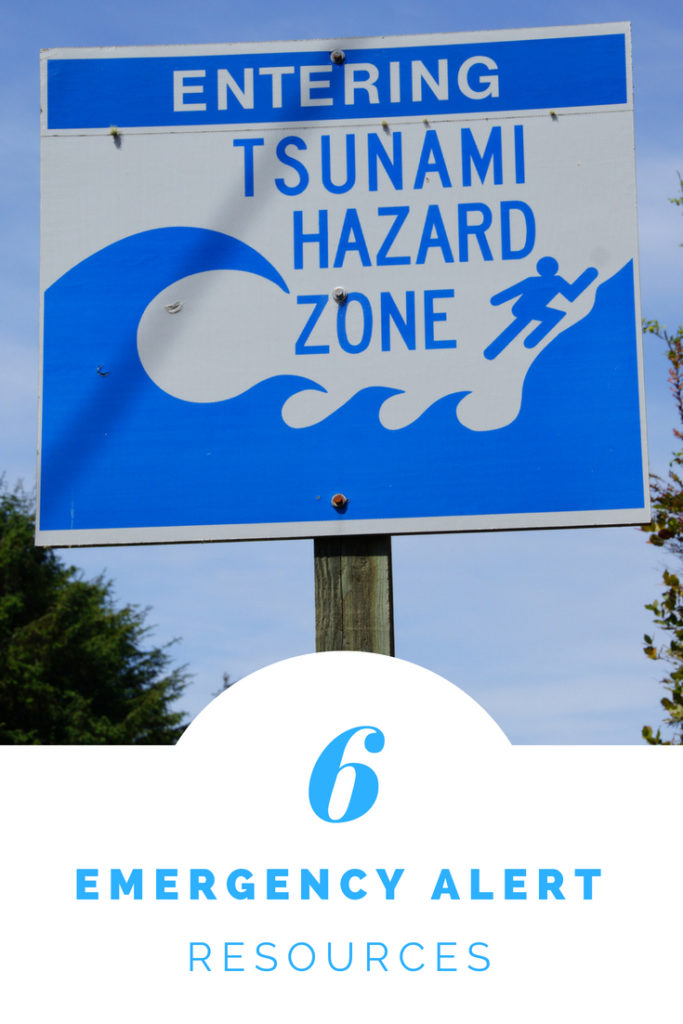
Originally posted 4/26/2014
Other articles you may enjoy:
What Should Be In Emergency Kit?
Do you know the difference between short term & long term food storage?




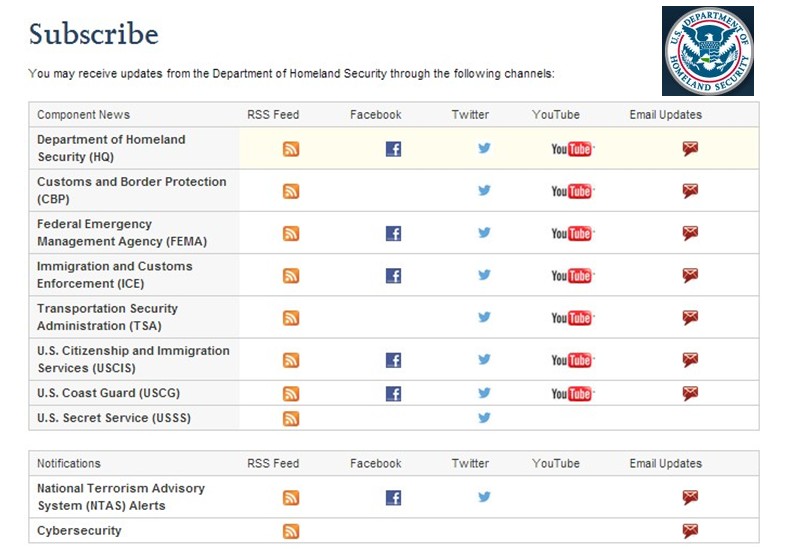
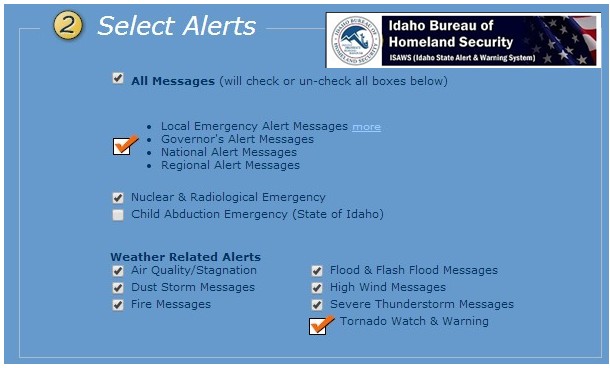

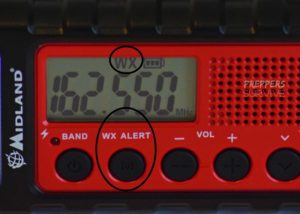
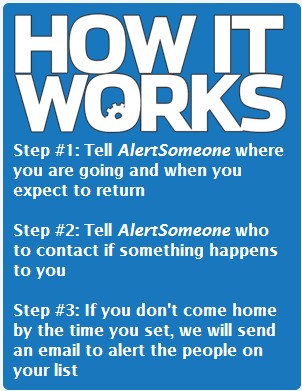
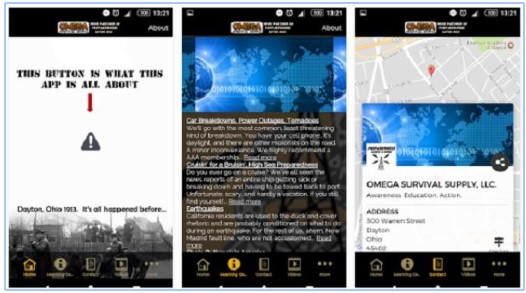
Leave a Reply